innovation & sustainability serving a versatile pharmaceutical production unit
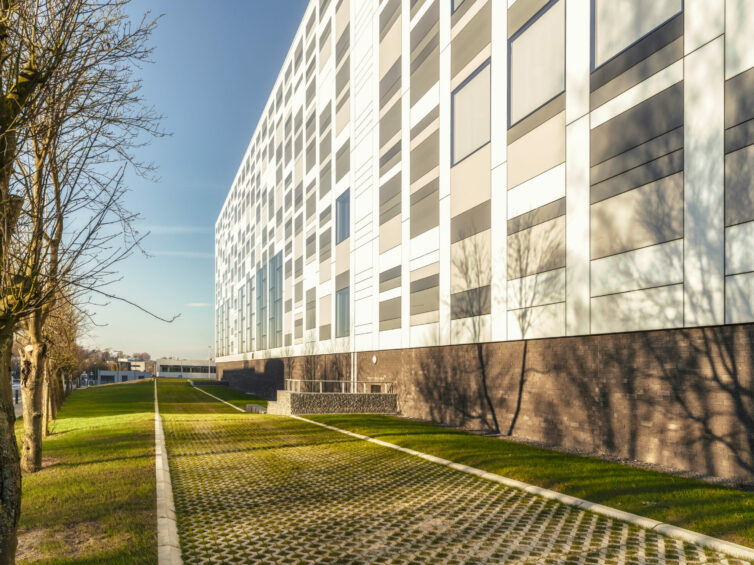
innovation & sustainability serving a versatile pharmaceutical production unit

UCB Inflexio is an innovative and sustainable multi-product biological production unit, recognized during its construction as one of the largest and most modern in Belgium. It is dedicated to advanced pharma development and the commercial manufacturing of monoclonal antibody drugs, supporting the global launch of new UCB products.
Comprising two buildings—the production unit (Building B7) for the manufacturing of medicinal substances and its utility building (B8)—alongside various external, aerial, or underground technical installations (tank farm, piperack, logistics retention yard, stormwater basins, rainwater collection and filtration for cooling towers, etc.)
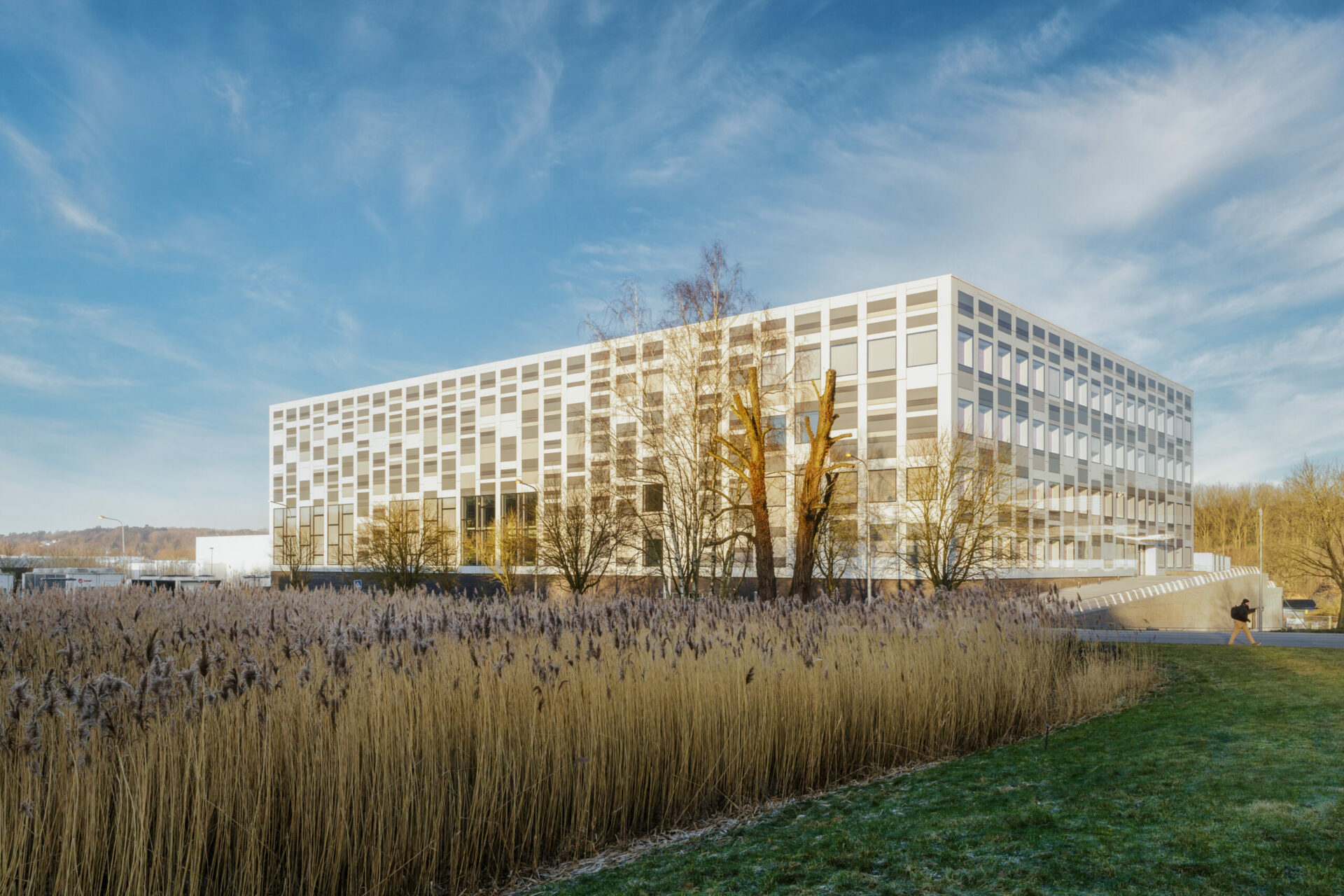
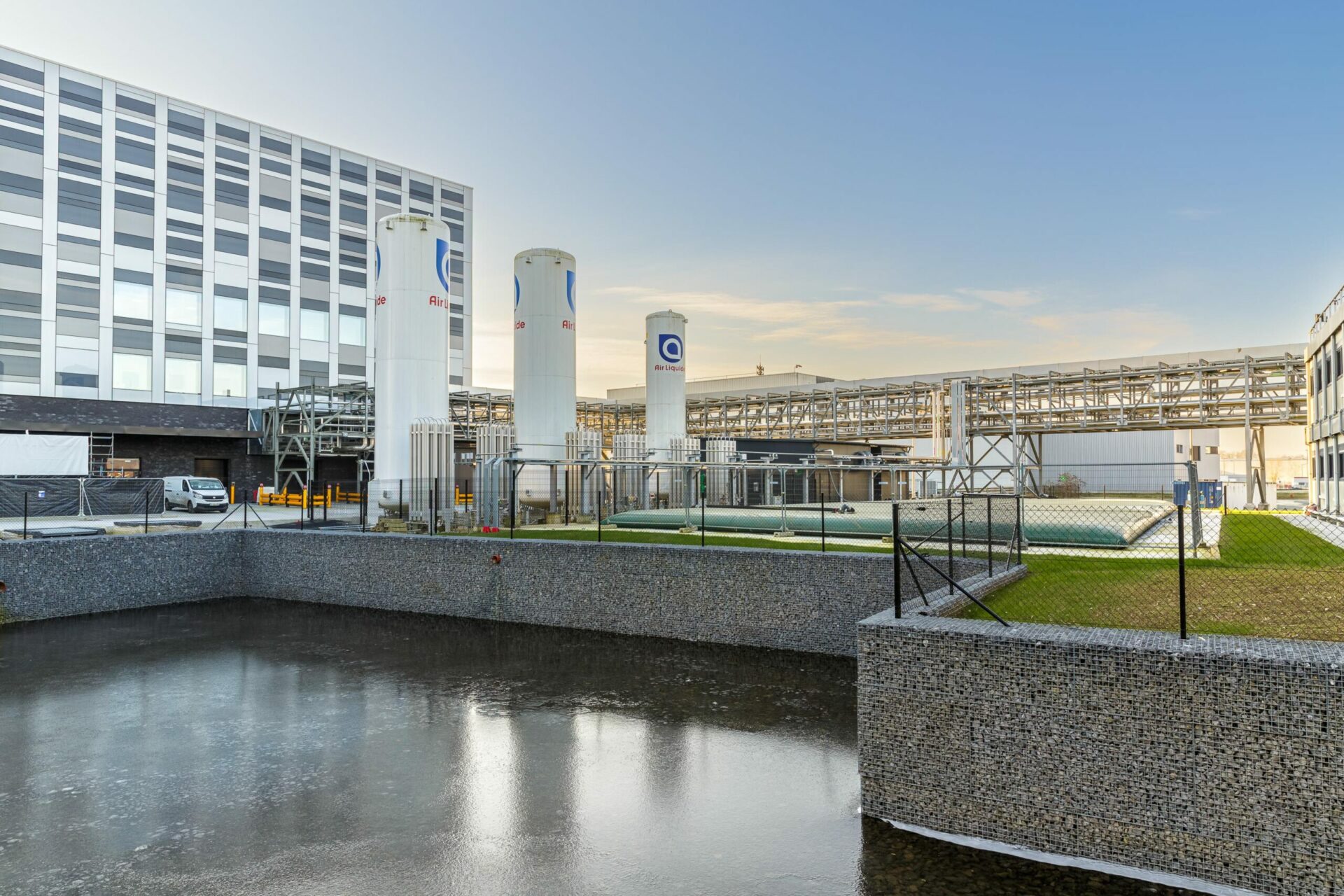
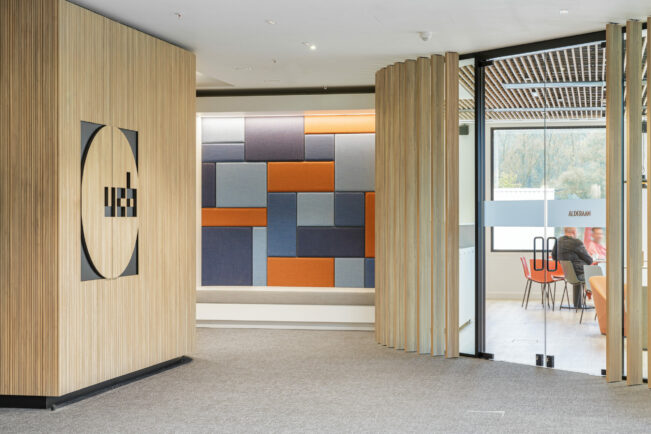
| program | design & implementation of a pharmaceutical production unit & its utility installations |
| client | UCB S.A. |
| address | avenue de l'Industrie B • 1420 Braine-l'Alleud |
| building type | care • heal • research • work |
| status | completed |
| expertises | |
| offices | brussels |
| size | 20.800 SQM |
| team | • client: UCB S.A. • architect: assar architects • contractor: separete lots • structural engineering: Exyte, Setesco • fluid engineering: Exyte, Almadius • technical engineering: Exyte • landscape design: assar architects • interior architects: assar architects |
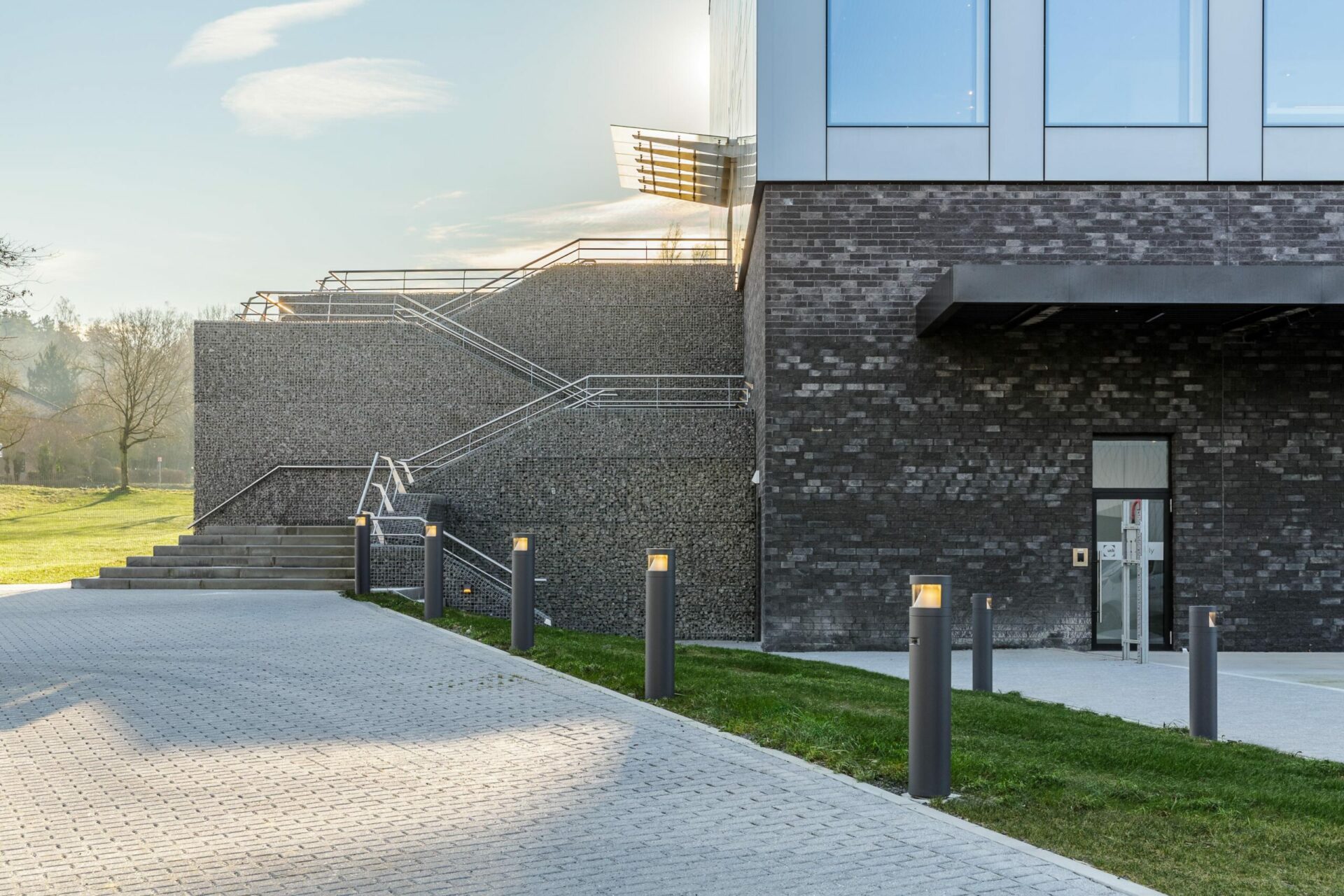
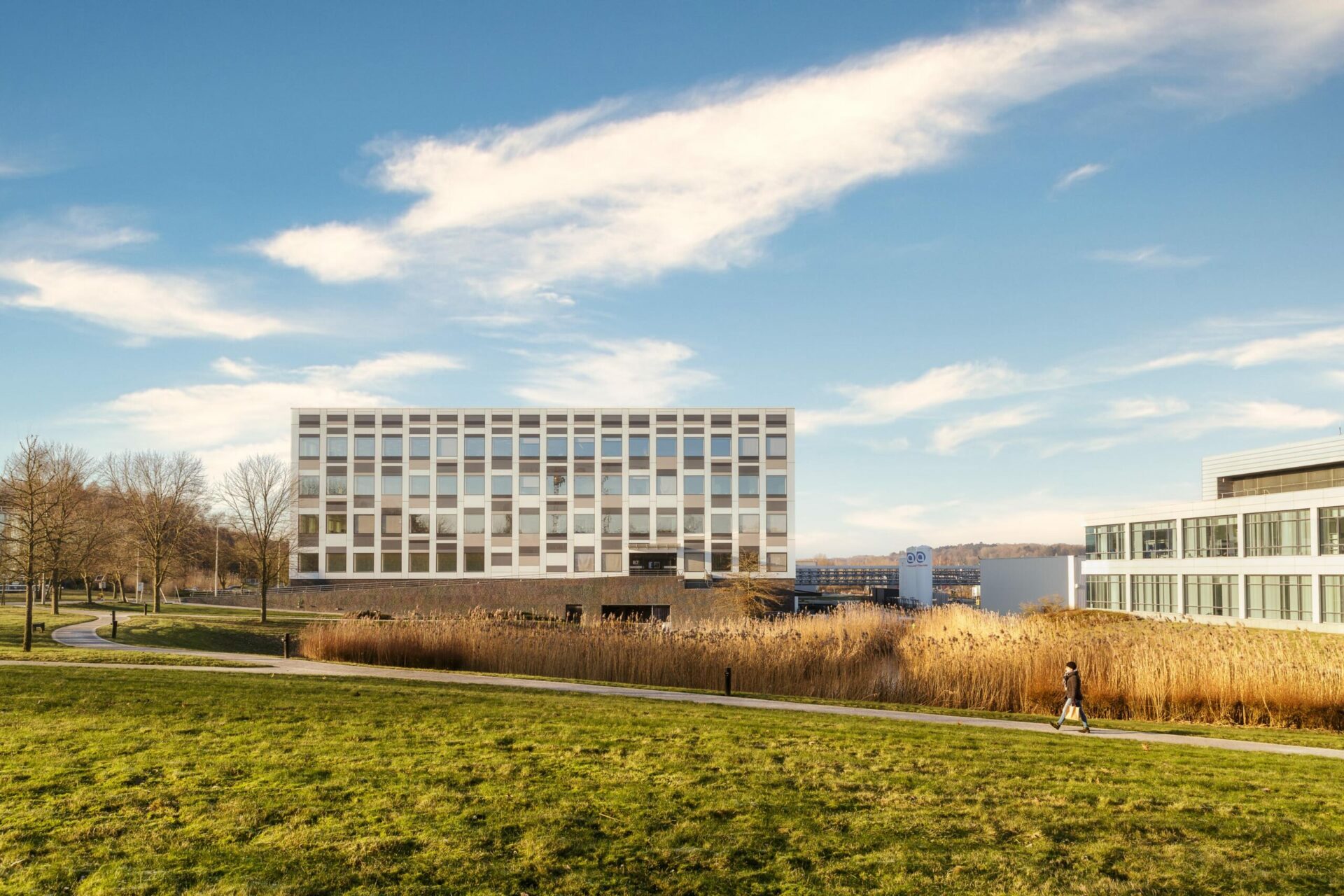
Operational in 2024, the production facility is based on the optimized integration of processes, efficient building layouts, and the design of spaces and technical equipment using innovative technologies. Its CO2 emission performance is outstanding, estimated to be 28% lower than the latest designs of similar biotechnology factories. Special attention has been given to the management and optimal use of water, its reuse, and overall waste minimization.
The Inflexio project actively contributes to reducing water and energy consumption, aligning with several initiatives on the UCB site to lower CO2 emissions and achieve carbon neutrality by 2030.
From the initial feasibility studies in 2017 to project delivery, assar has collaborated with UCB and various engineering firms (Jacobs, NNE, Exyte) on the design and technical and spatial coordination of all non-classified zones and functions.
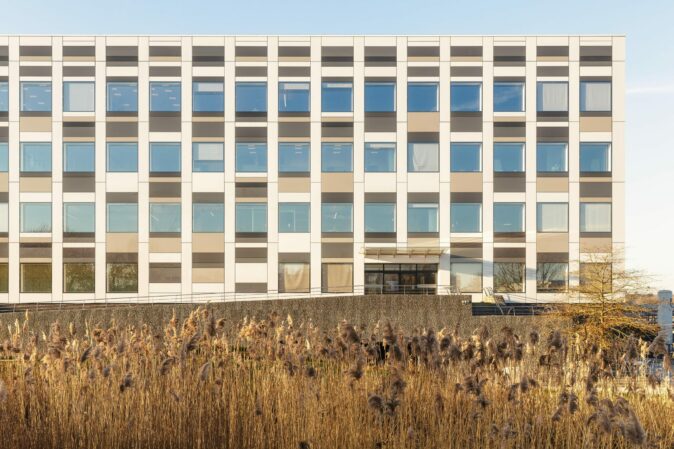
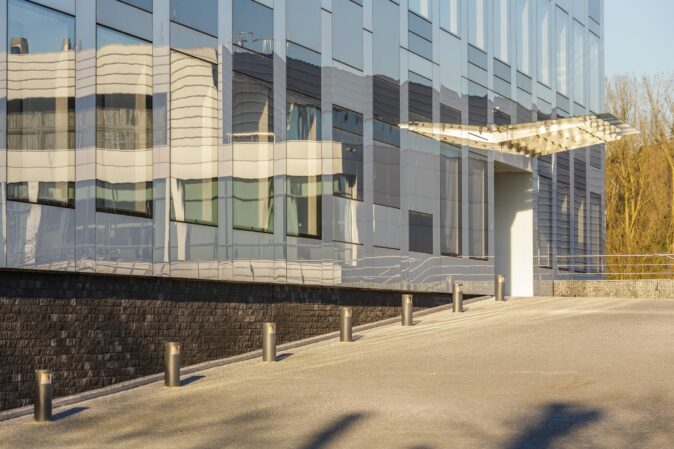
The facade of building B7 consists of a dark mineral base, topped with a fully glazed facade.
The architectural goal of this entirely glazed facade is to achieve a perfectly coplanar external skin (non-reflective enameled clear assar.com glass and laminated clear vision glass), without any visible mechanical fixing profiles or noticeable sealing of open joints between glass panels.
This glass skin consists of a suspended tubular aluminum grid attached to the building’s structure, allowing the mechanical attachment of panels (portholes) composed of glass, either enameled or vision, adhered to frames of assembled extruded aluminum profiles in the workshop.
The “vision” porthole elements either combine multiple glazed panels or consist of a single glazed panel. These portholes also facilitate “breathing” of the cavities between the outer vision glass and the inner double-glazed vision frames by machining openings equipped with small mesh stainless steel filters.
The cavity thus formed between the externally opening portholes and the fixed internal frames is “breathable” and geometrically incorporates motorized roller blinds.
On the interior side, the fixed frames are perfectly coplanar with the interior finishes of the facades (sandwich panels and completed concrete veils).
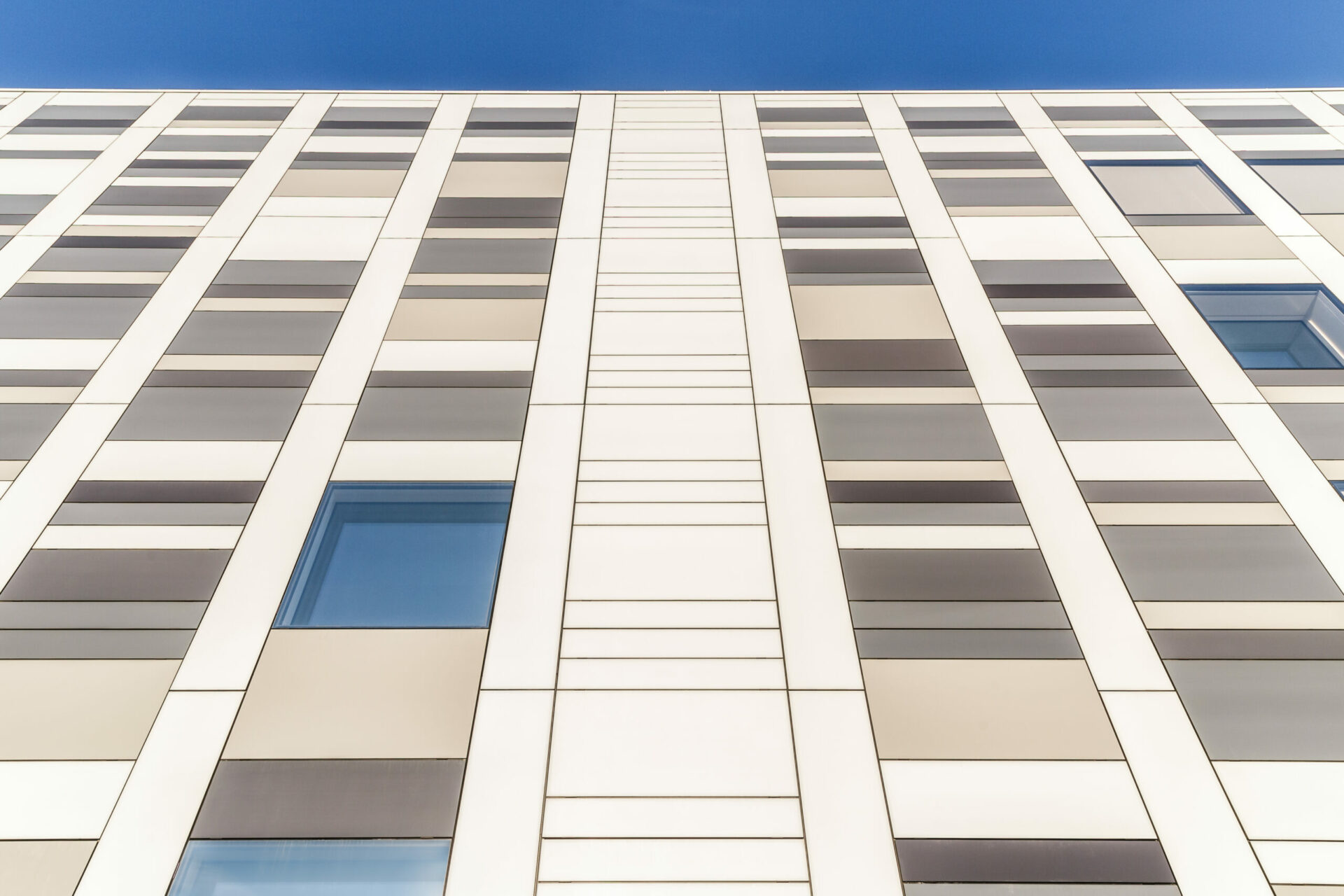
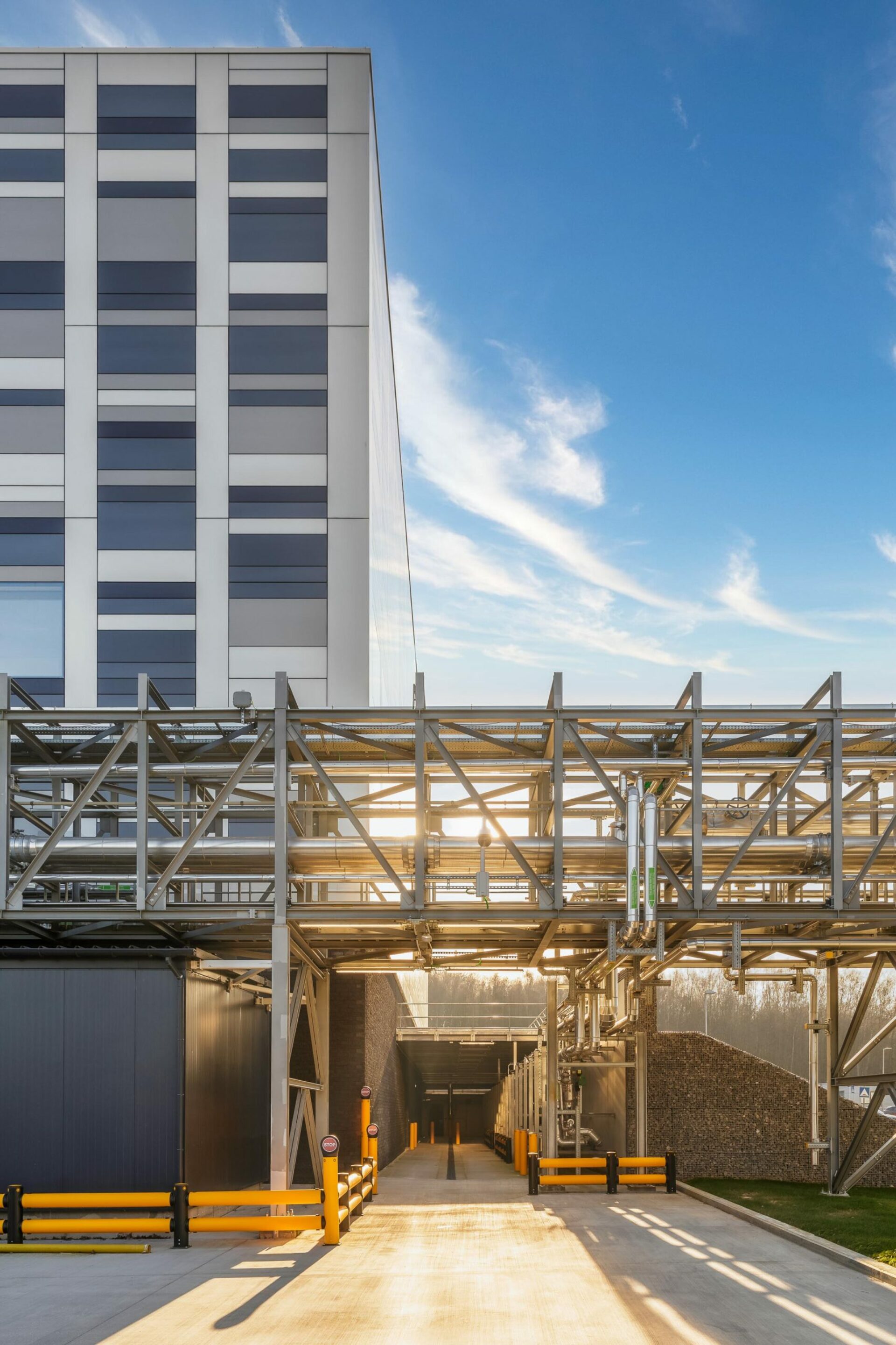
The project is located along the Hain River, partially situated in a flood hazard area. Considering this characteristic, site development and stormwater management are based on the following principles:
• balance with the original natural terrain: project leveling maintains a cut-fill balance in the flood hazard zone without importing soil from external sources
• stormwater management guided by the following principles:
1. combatting impermeabilization: surfaces predominantly feature permeable or semi-permeable coverings whenever possible
2. retention: runoff from impervious surfaces is directed toward temporary aboveground, under-slab & underground retention facilities
3. strict limitation of discharge rates at the outlet of each facility
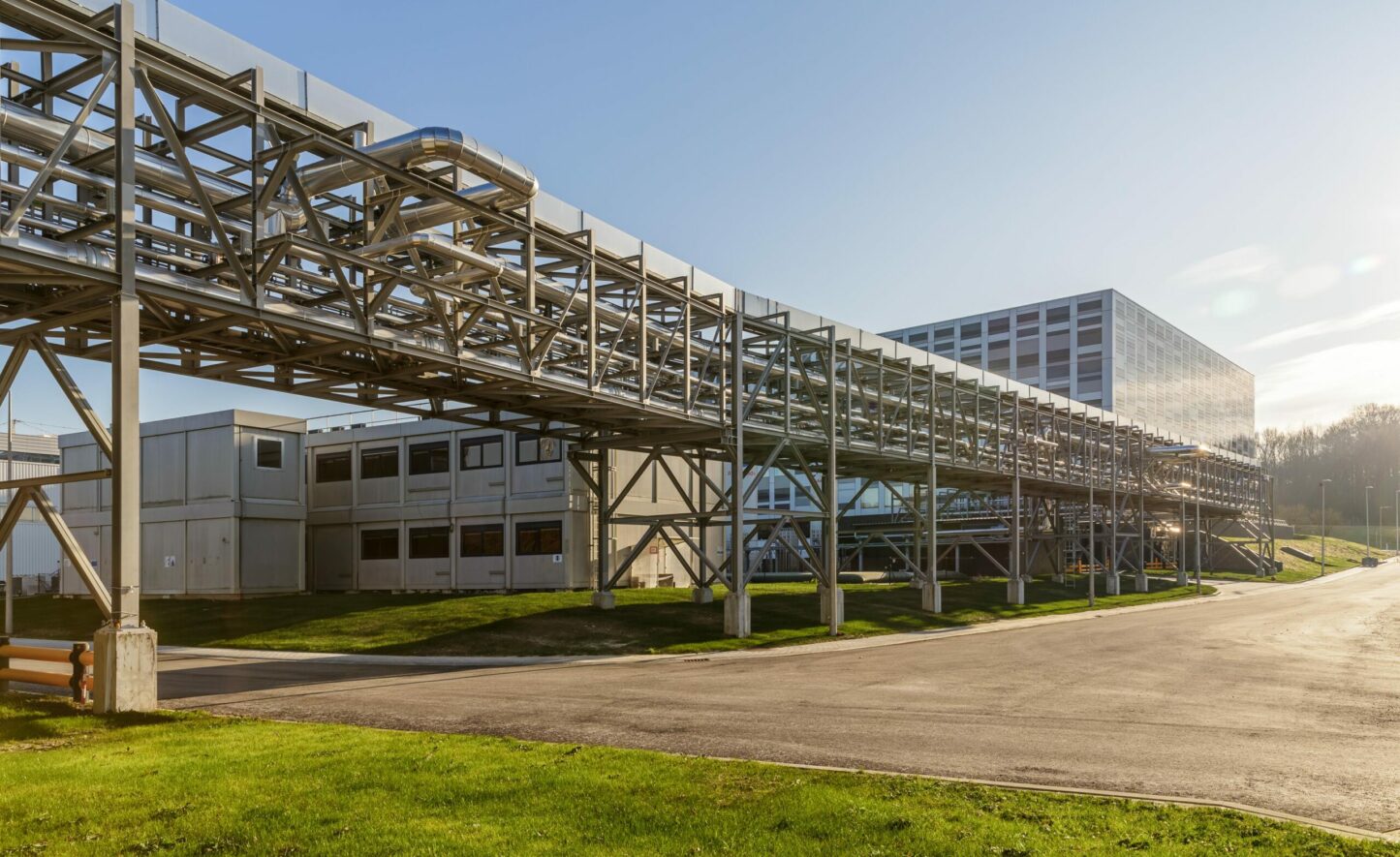
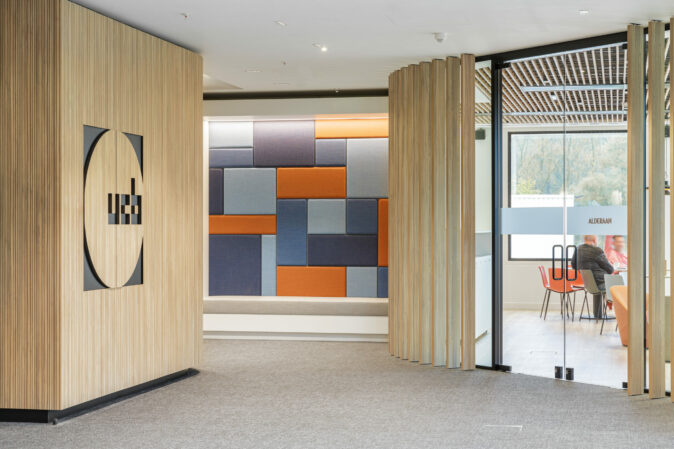
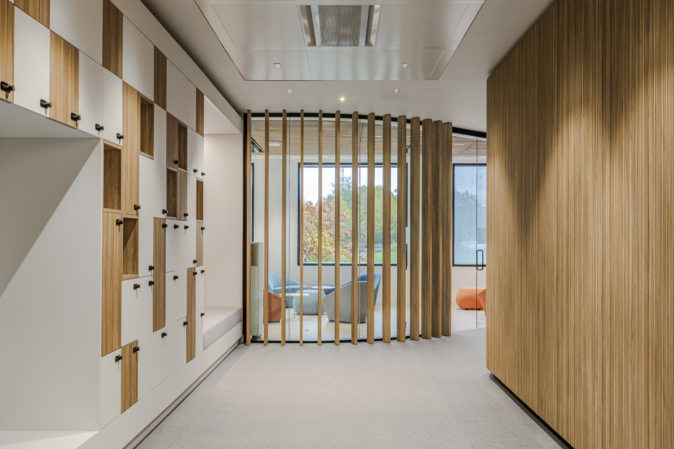
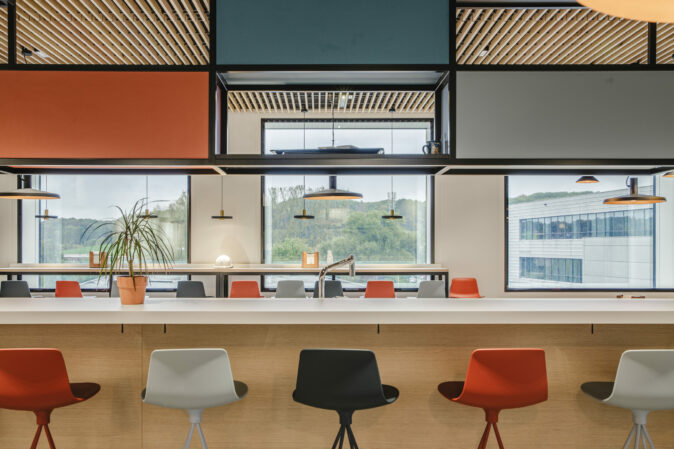
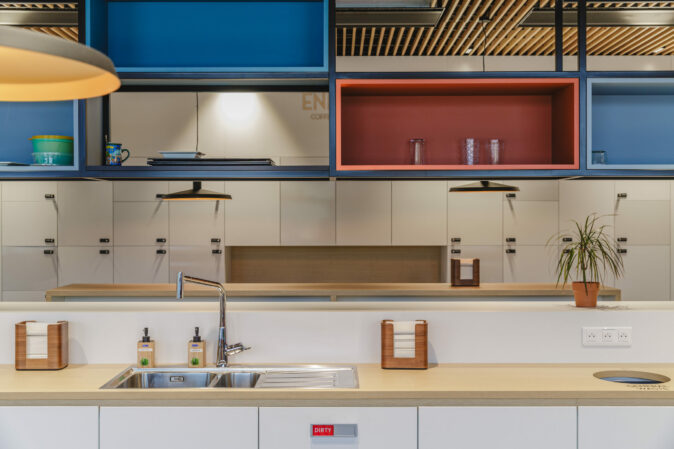
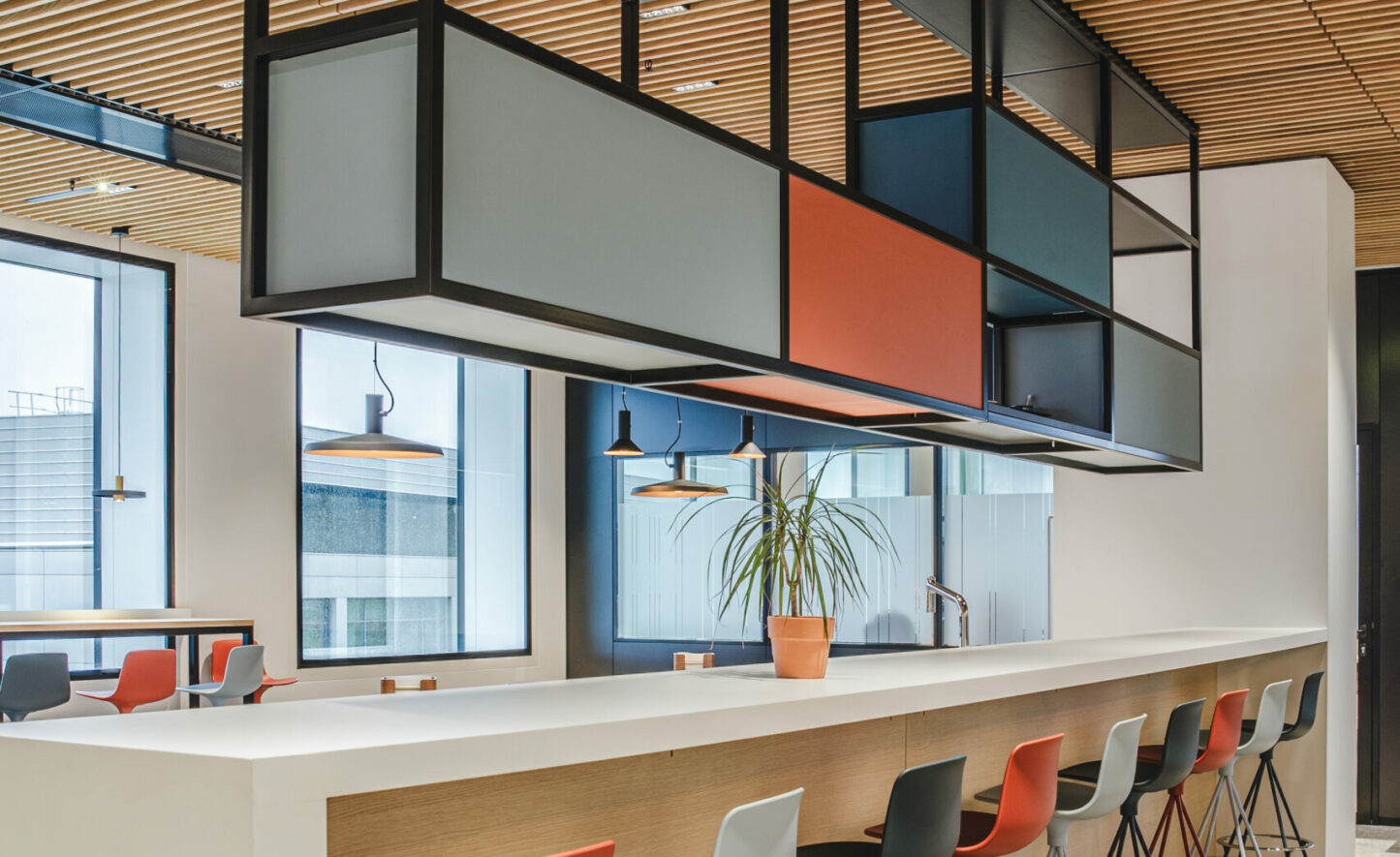
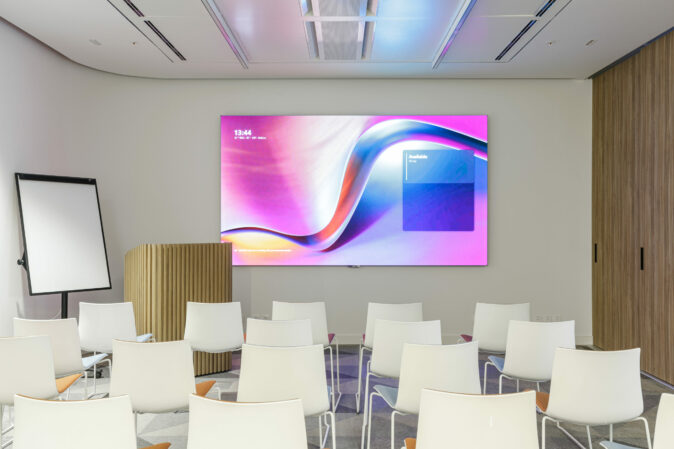
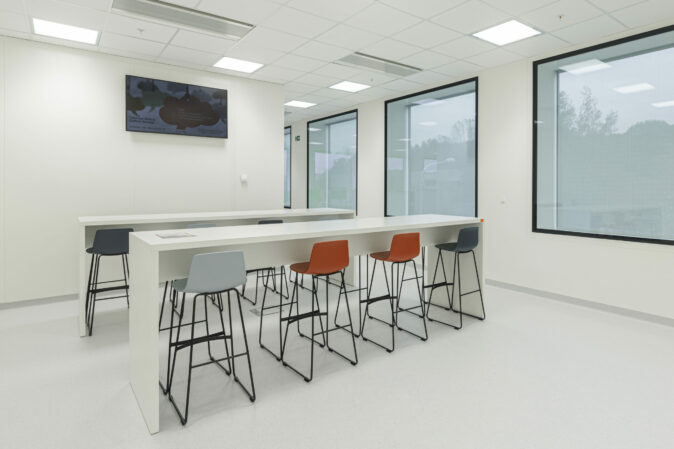
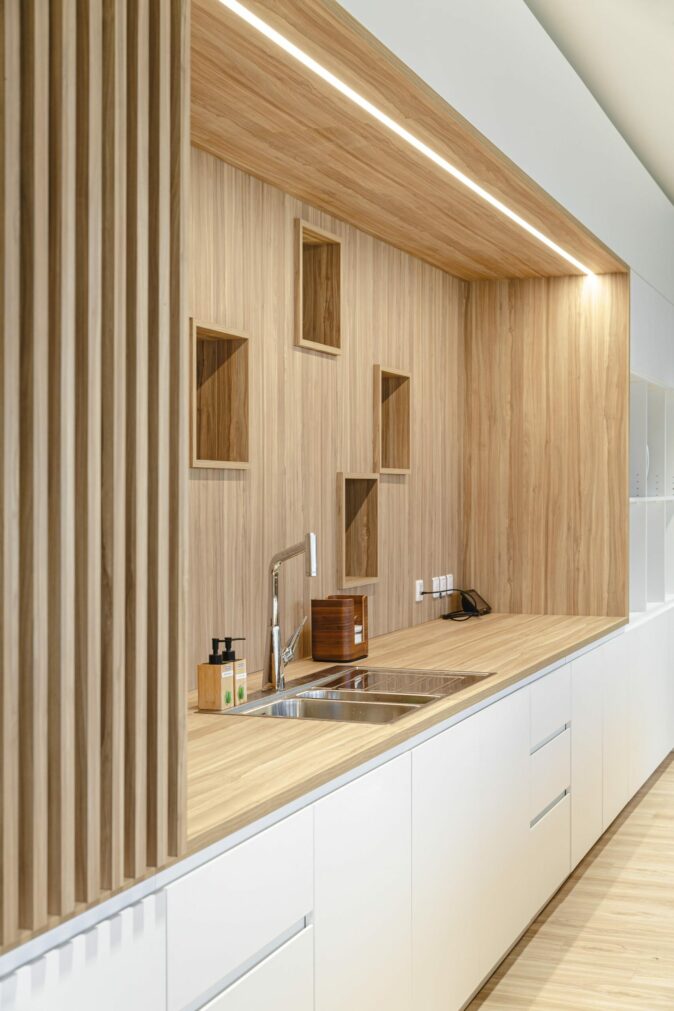
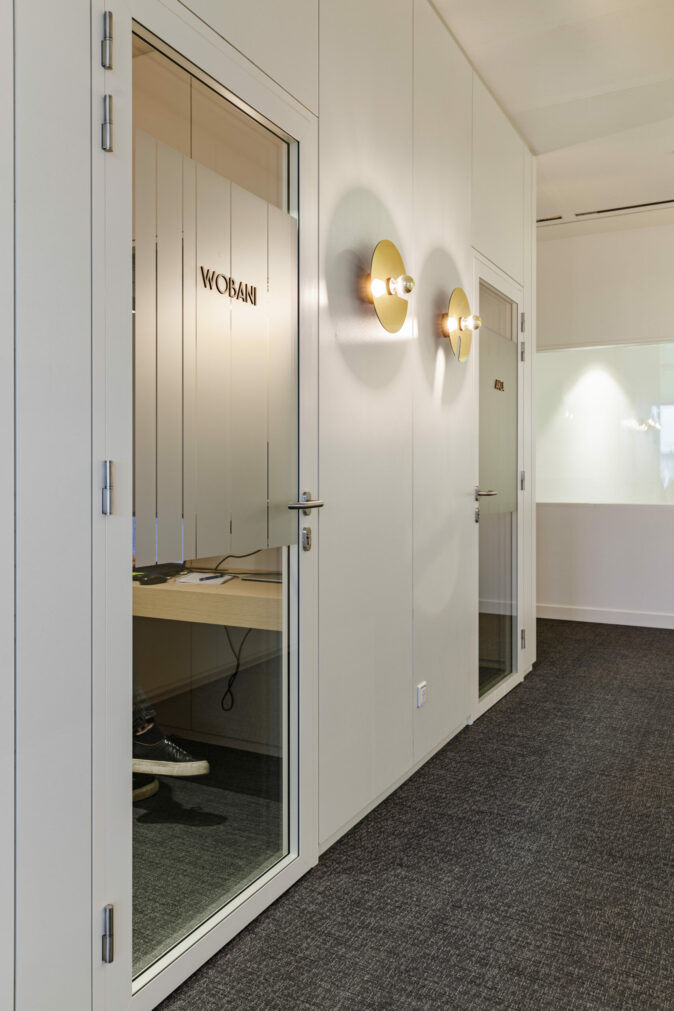
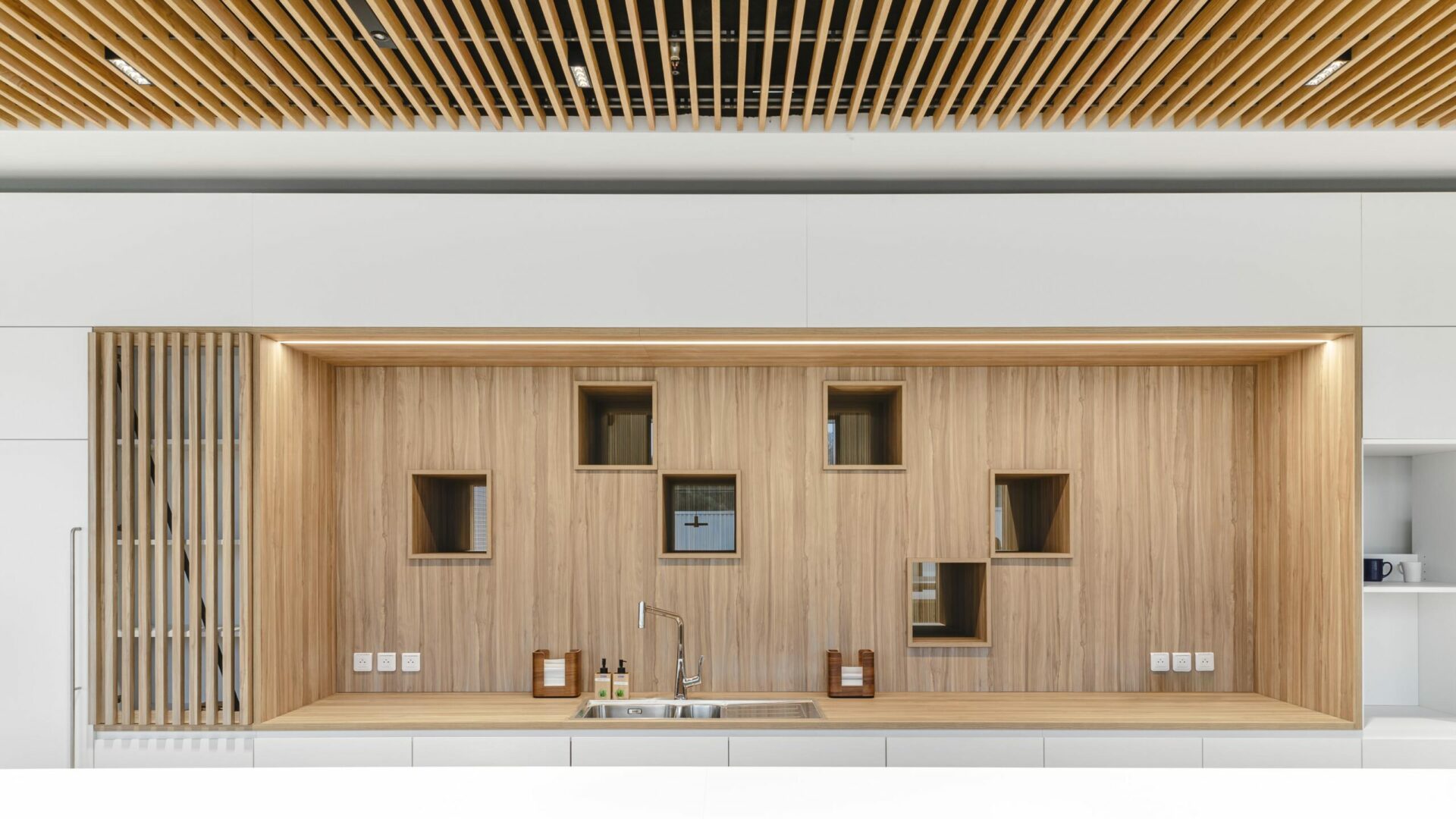
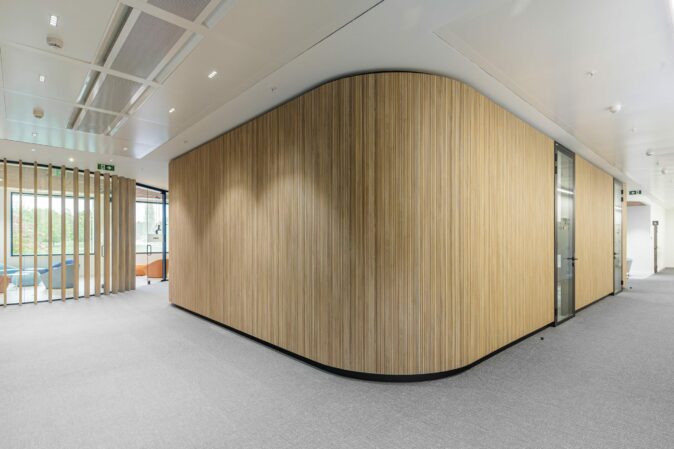
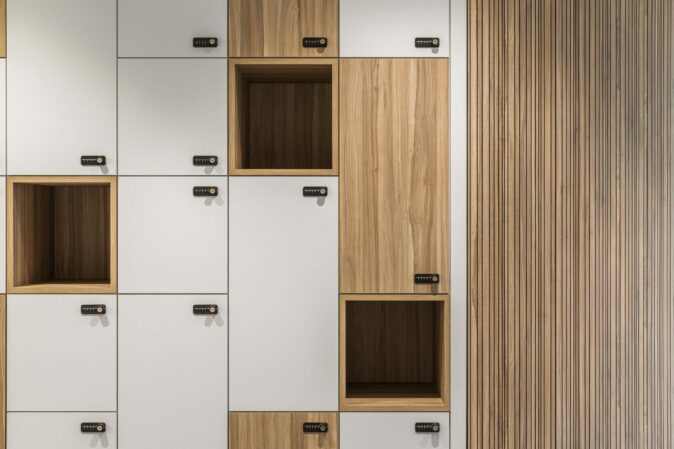
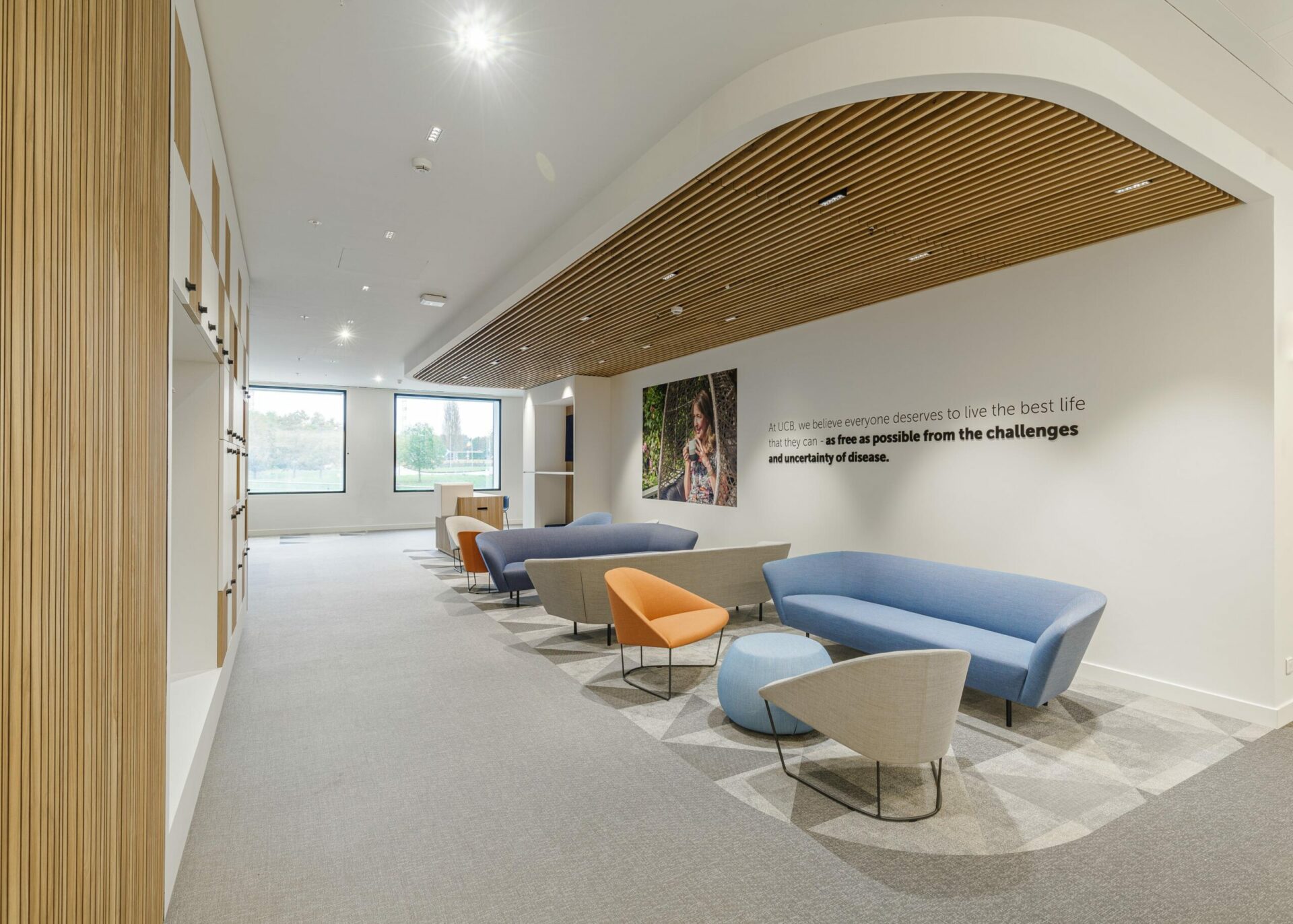
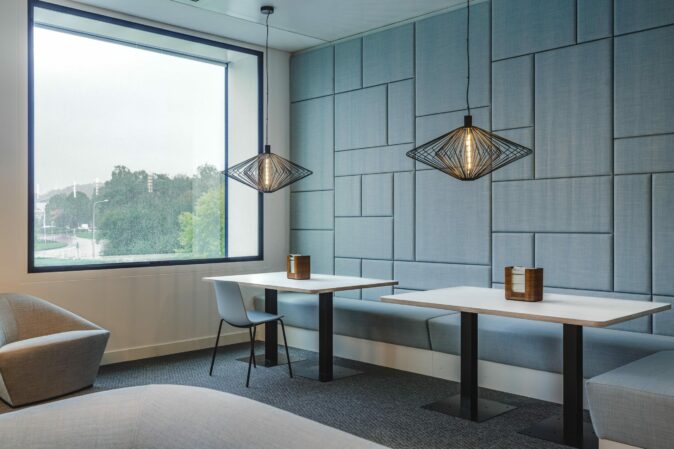
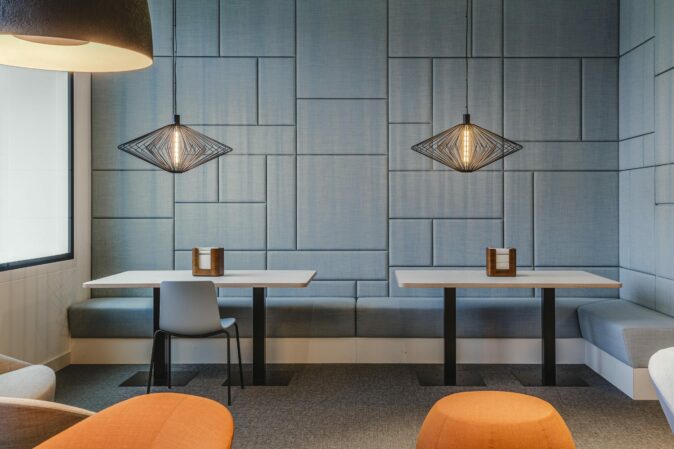
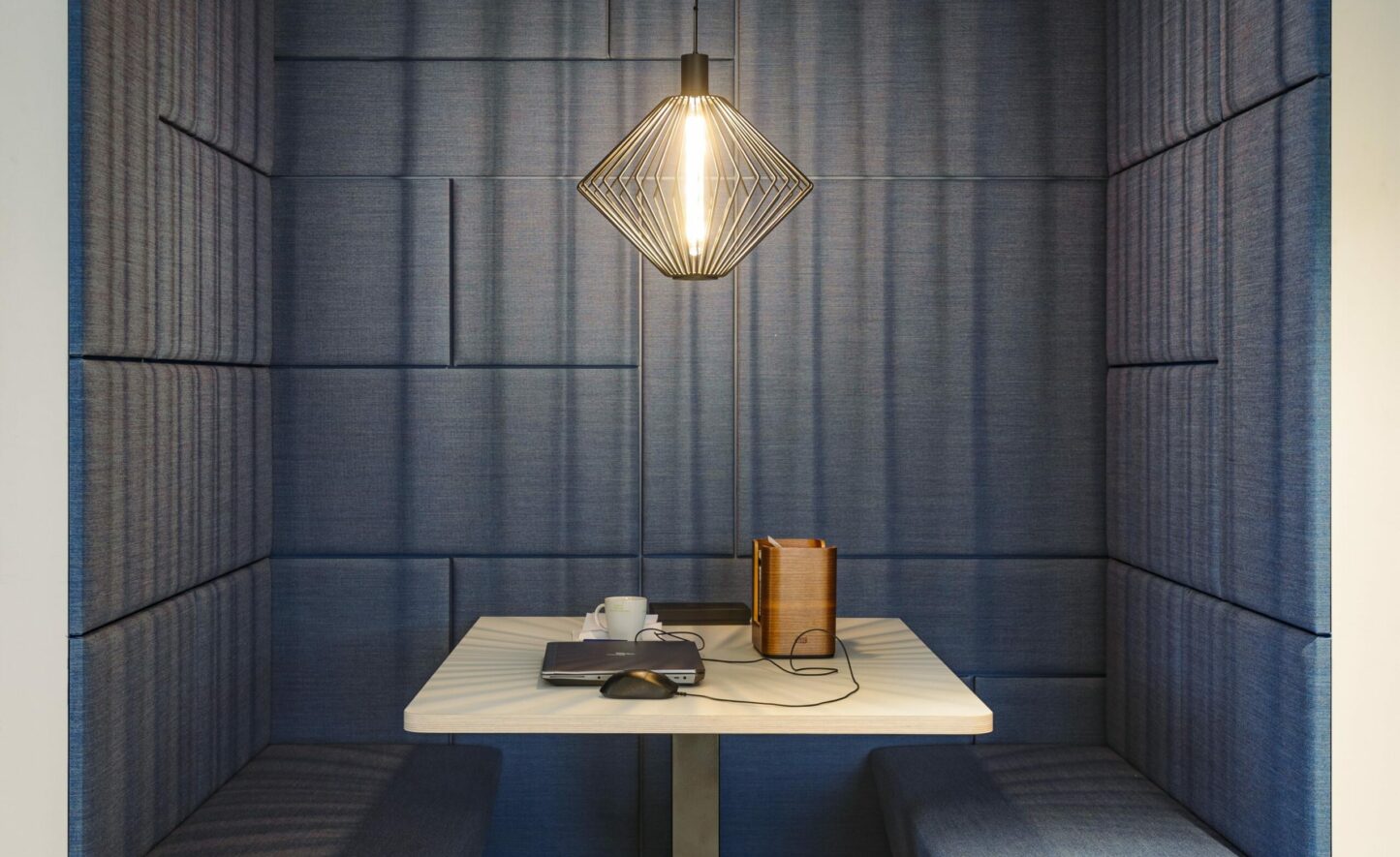
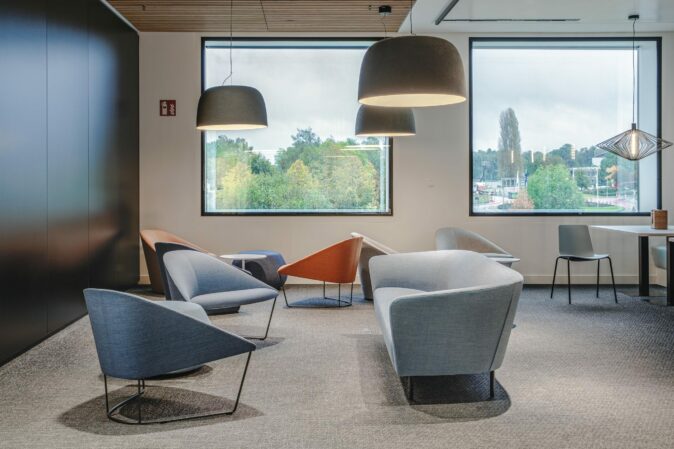
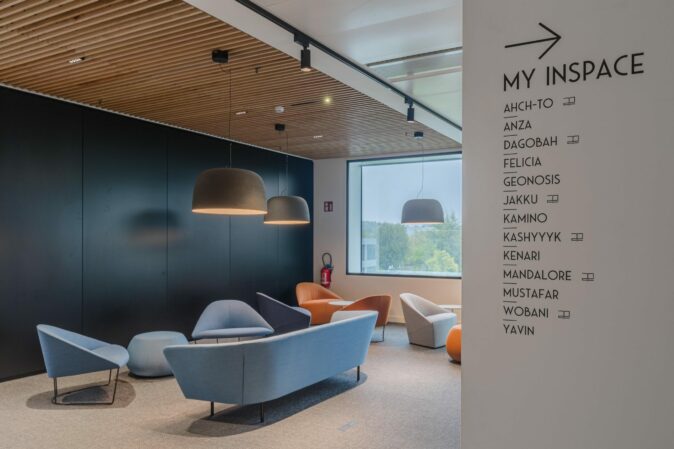
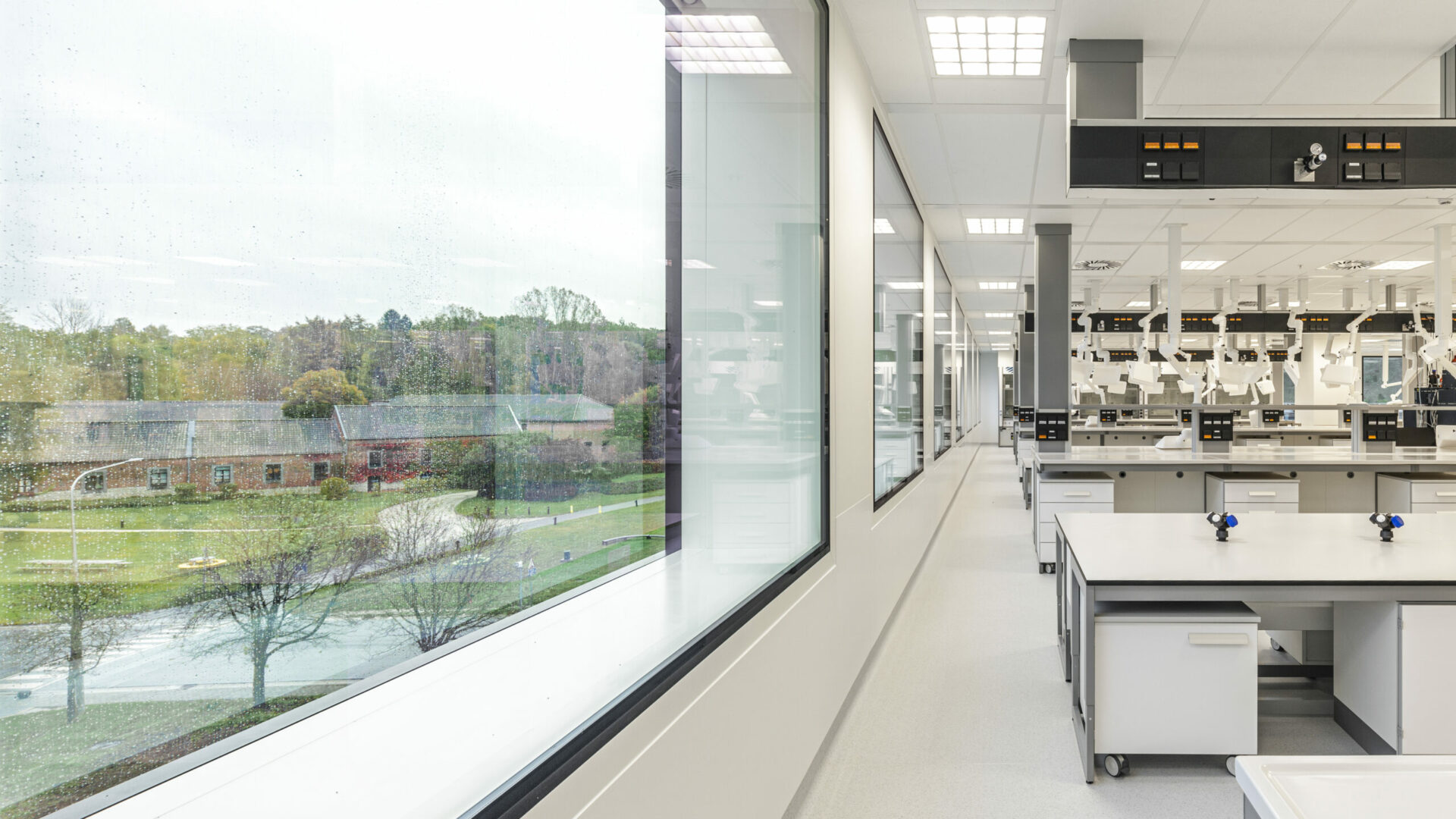
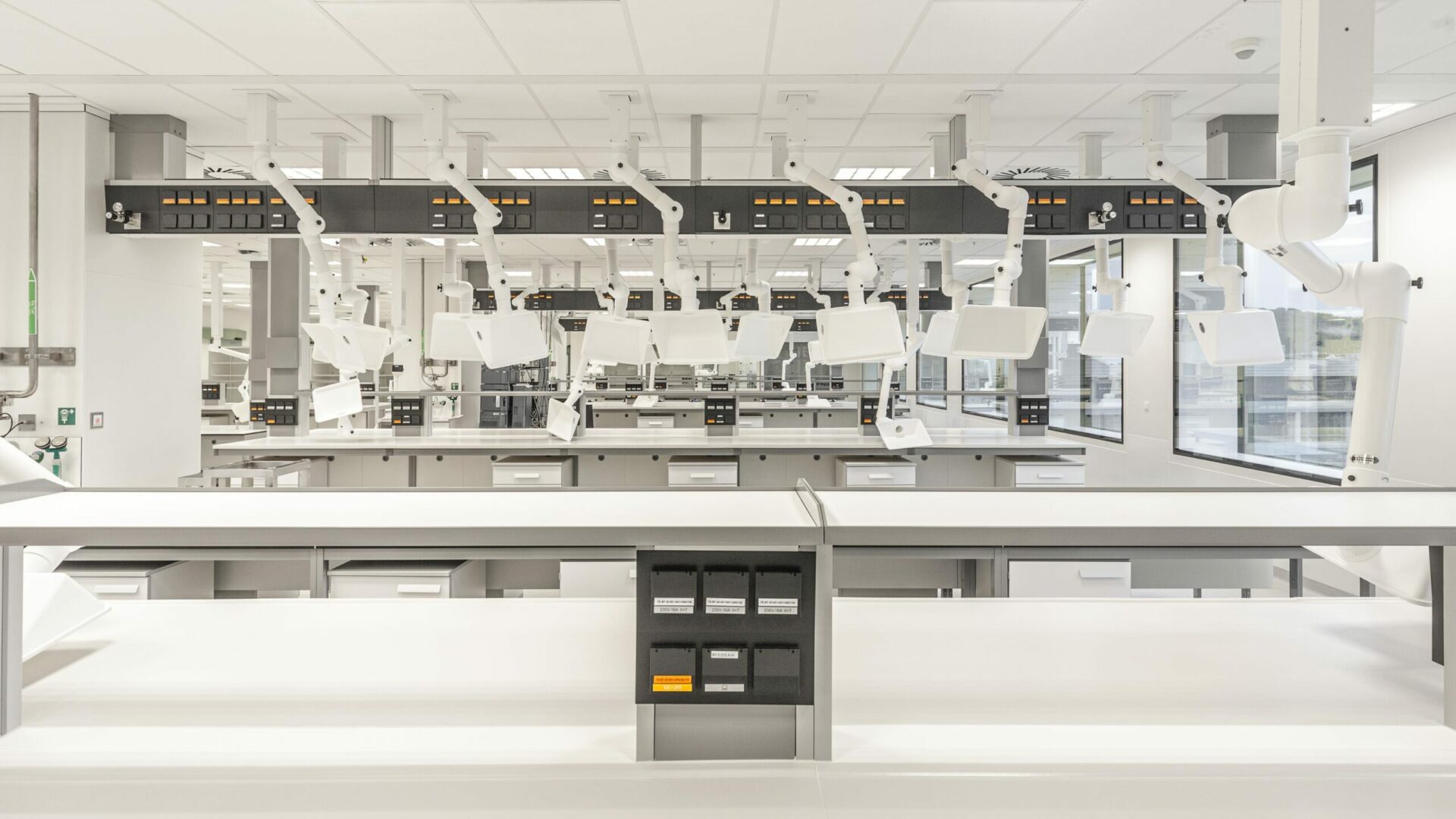
want to know more about assar or contribute to its continuous development